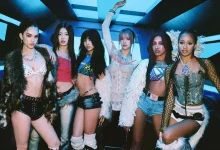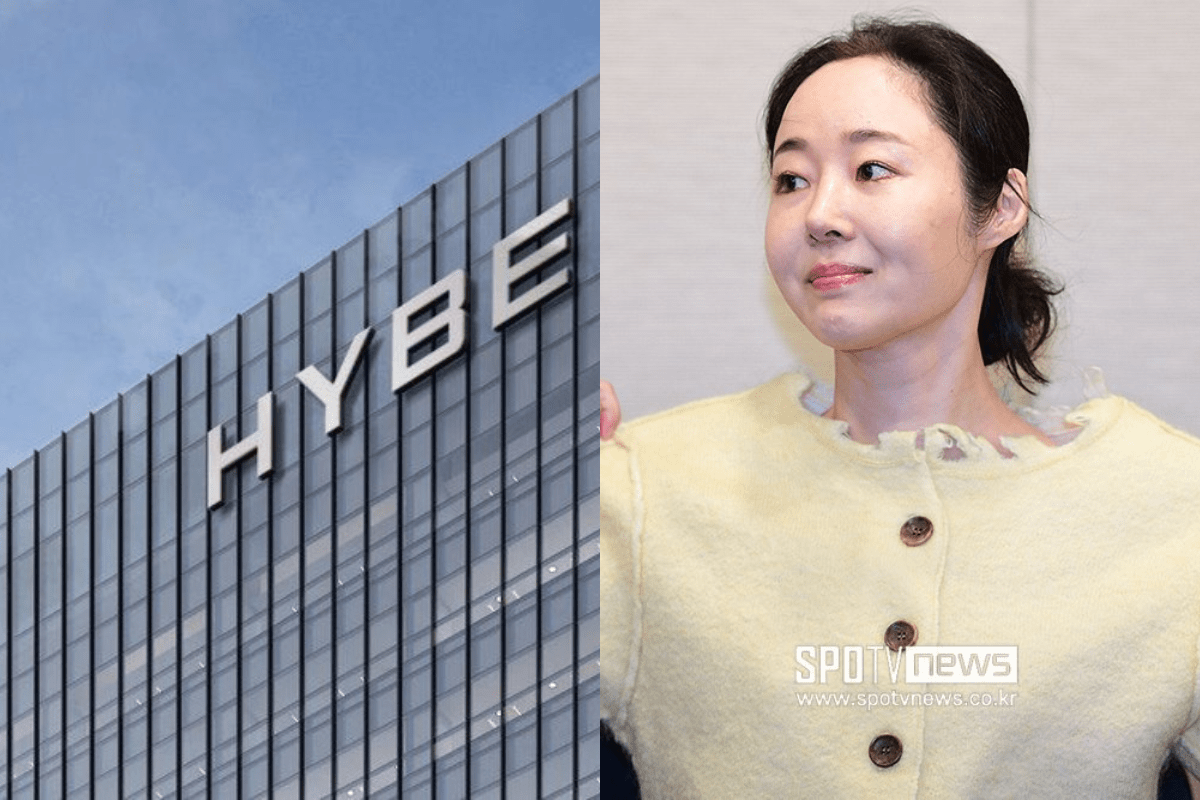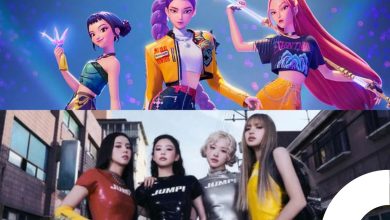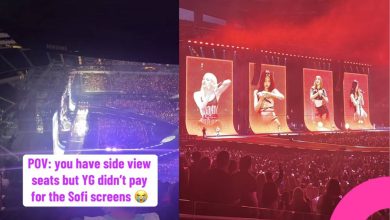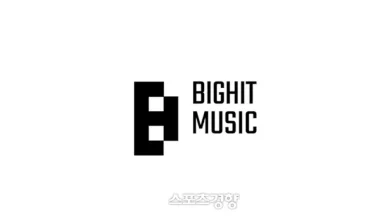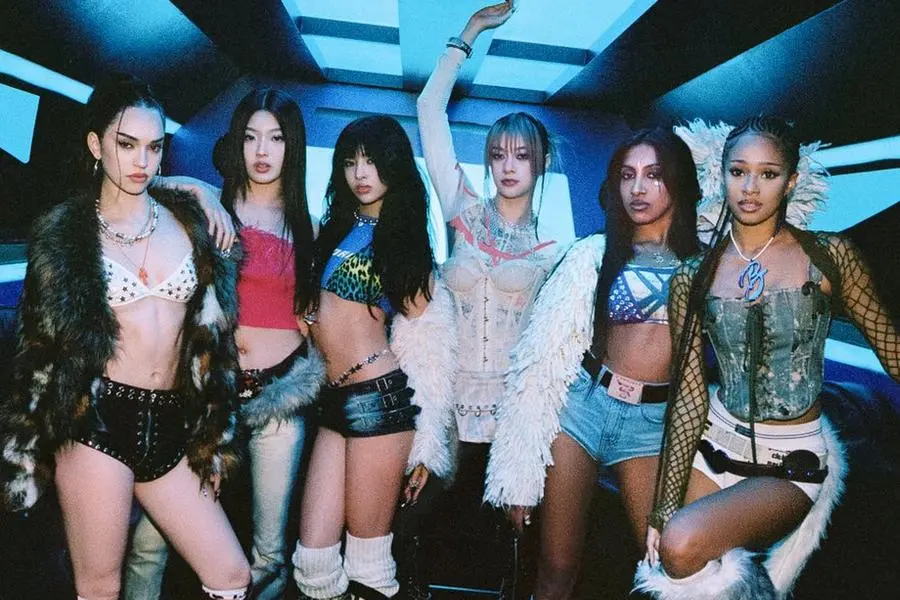
As the K-pop industry enters its summer promotional season, notable acts such as Baekhyun, I-DLE, and RIIZE have returned with new music. Yet, none of their releases have managed to generate the viral momentum achieved by KATSEYE, a global girl group whose track Gnarly has unexpectedly become the defining hit of summer 2025.
The track, which has now surpassed 20 million views on YouTube, has also inspired countless viral dance challenge videos across TikTok, affirming its wide reach and cultural resonance. However, Gnarly’s road to popularity was anything but typical.
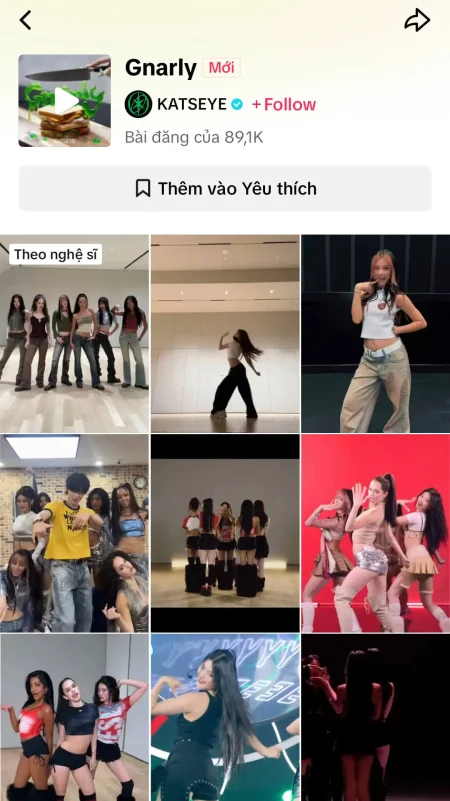
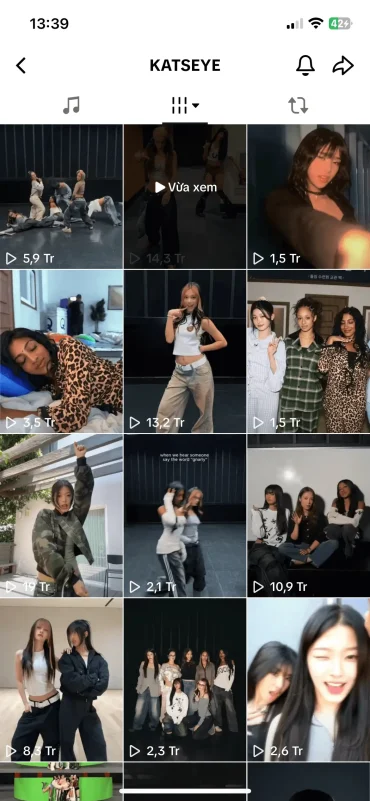
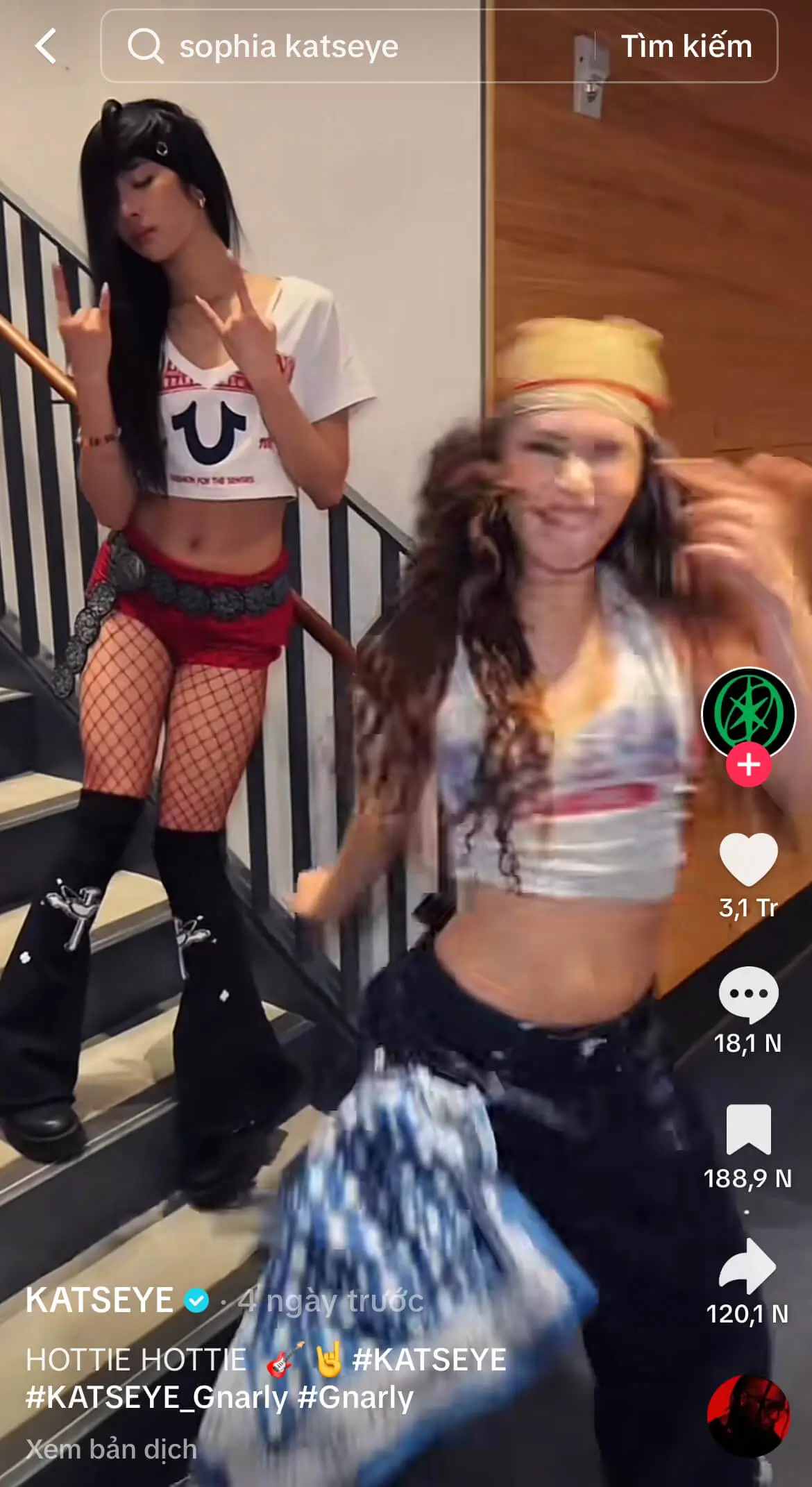
Initial Controversy and Critical Backlash
Upon release, Gnarly received considerable criticism for its unorthodox sound, sparse and repetitive lyrics, and an overall sonic style described by many as “too noisy” or “nonsensical.” Listeners accused the group of straying too far from the musical structure typically associated with successful K-pop releases.
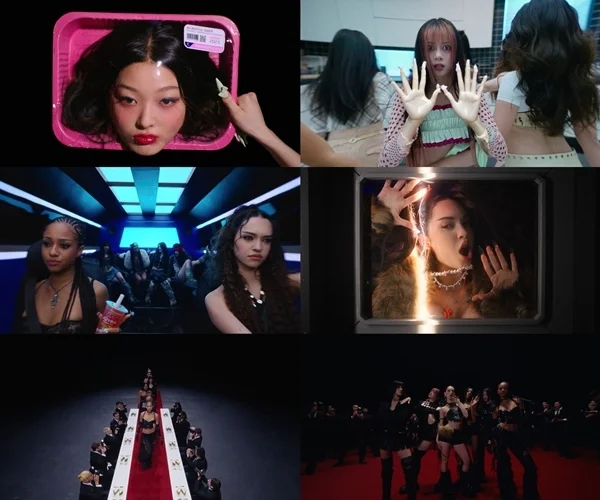
Some critics labeled the track a misguided experiment, suggesting that KATSEYE’s attempt at genre fusion had missed the mark. However, despite the controversy, the track began gaining traction, slowly climbing streaming charts and attracting attention for its boldness and unapologetic aesthetic.
Artistic Intent and Cultural Commentary
According to the production team behind the track, Gnarly is intended as a satirical commentary on digital-age consumer trends, referencing cultural symbols such as fried chicken, Teslas, and bubble tea. The production incorporates samples from Alice Longyu Gao, a Chinese-American hyperpop and experimental electronic artist known for her eclectic, high-energy soundscapes and genre-defying style.
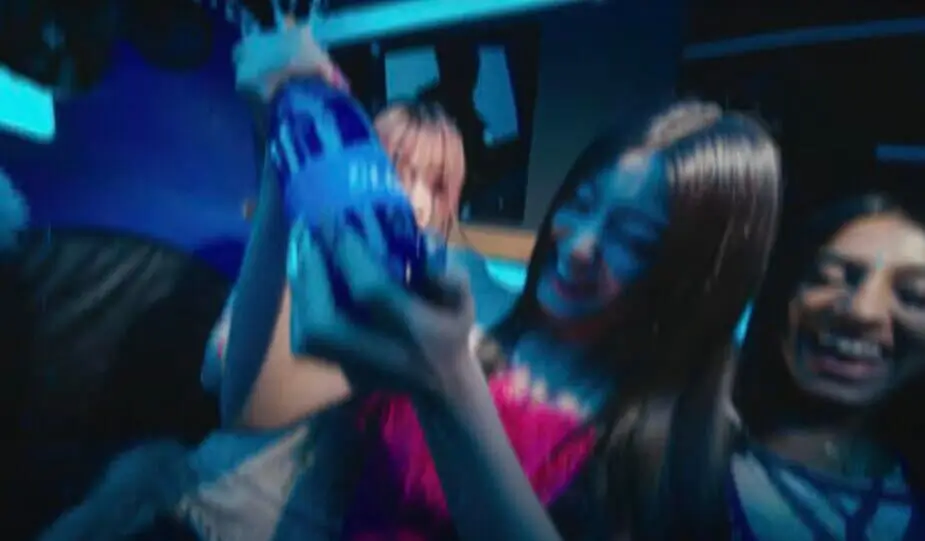
Rather than appealing to mainstream sensibilities, Gnarly positions itself in opposition to conventional pop structures, drawing influence from punk, electroclash, and club music. Its lyrics are intentionally fragmented, functioning more as sound bites than storytelling elements, and its instrumentation is chaotic yet calculated.
Performance as a Vehicle for Global Appeal
Much of Gnarly’s appeal lies in its visual and choreographic presentation. The group’s performance features powerful, highly stylized choreography that emphasizes intensity and physicality. One standout moment, a twerking segment by member Daniela, went viral on TikTok and became emblematic of the song’s bold energy.
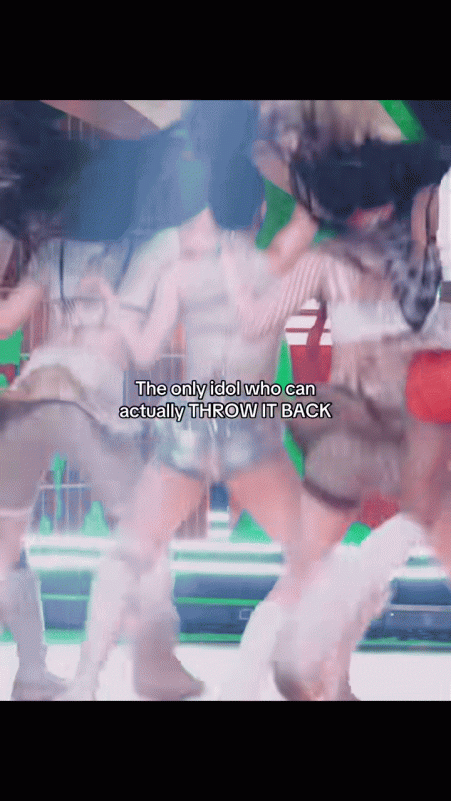
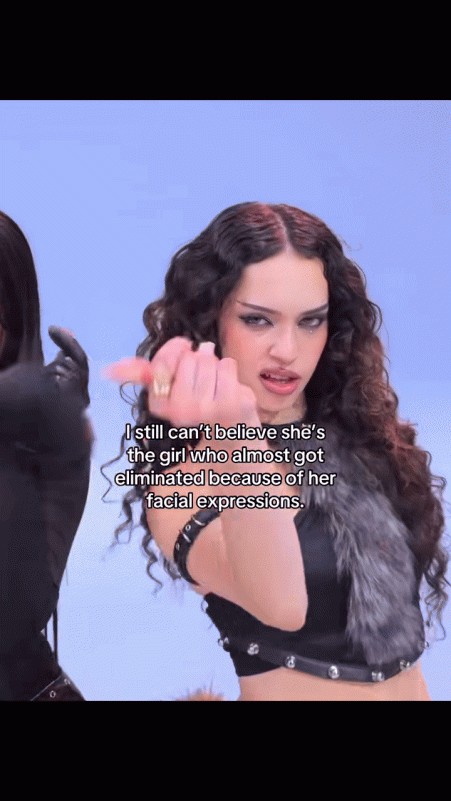
Though KATSEYE is often associated with the K-pop ecosystem, the group operates with a global strategy that deviates from the genre’s traditional framework. This is evident in both their musical direction and visual presentation, which are tailored for global audiences rather than exclusively for the Korean market.
Redefining Pop Expectations
Gnarly is not merely a viral hit; it’s a statement of artistic disruption. In challenging preconceived notions of what constitutes “good” or “acceptable” pop music, KATSEYE invites listeners to reconsider the role of discomfort, chaos, and irony in digital-age entertainment.
Rather than conform to the high-polish, emotionally resonant standards typically upheld in K-pop, Gnarly embraces auditory rebellion—a trait more commonly associated with underground or avant-garde scenes. The result is a track that may divide opinion, but undoubtedly expands the genre’s boundaries.
As KATSEYE’s popularity continues to grow, Gnarly stands as a testament to the group’s ability to disrupt expectations, transcend borders, and redefine pop relevance in an increasingly globalized market.
